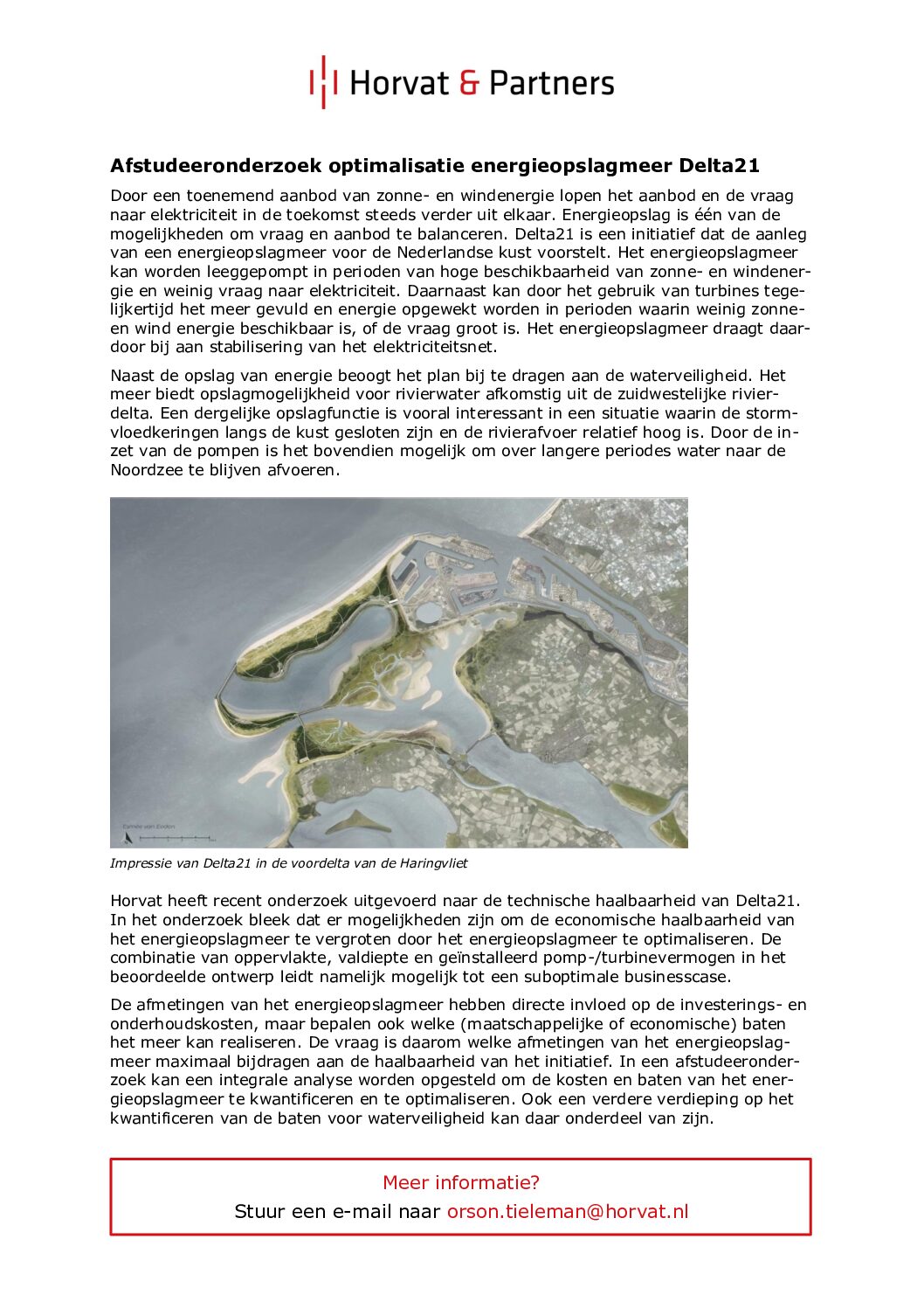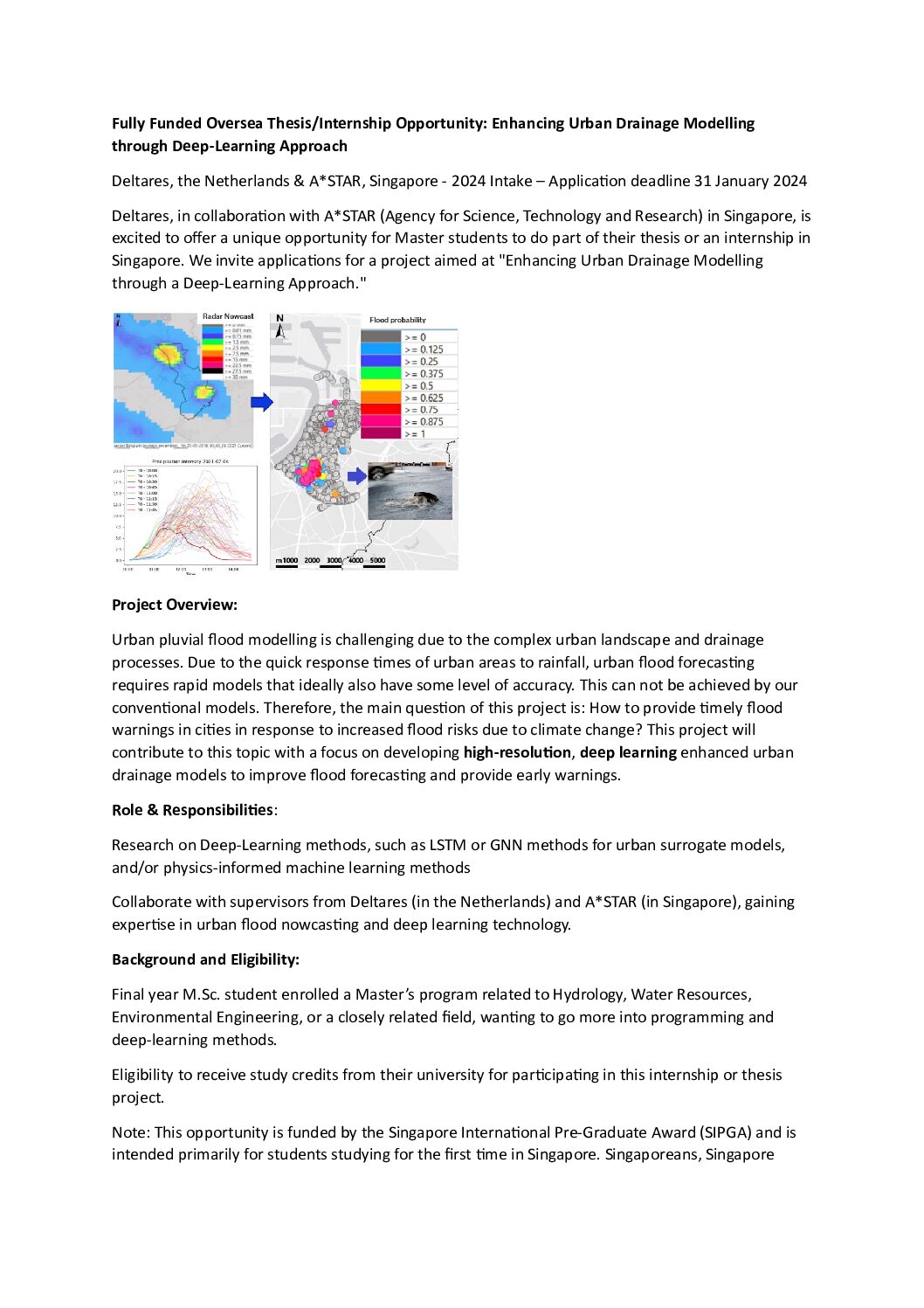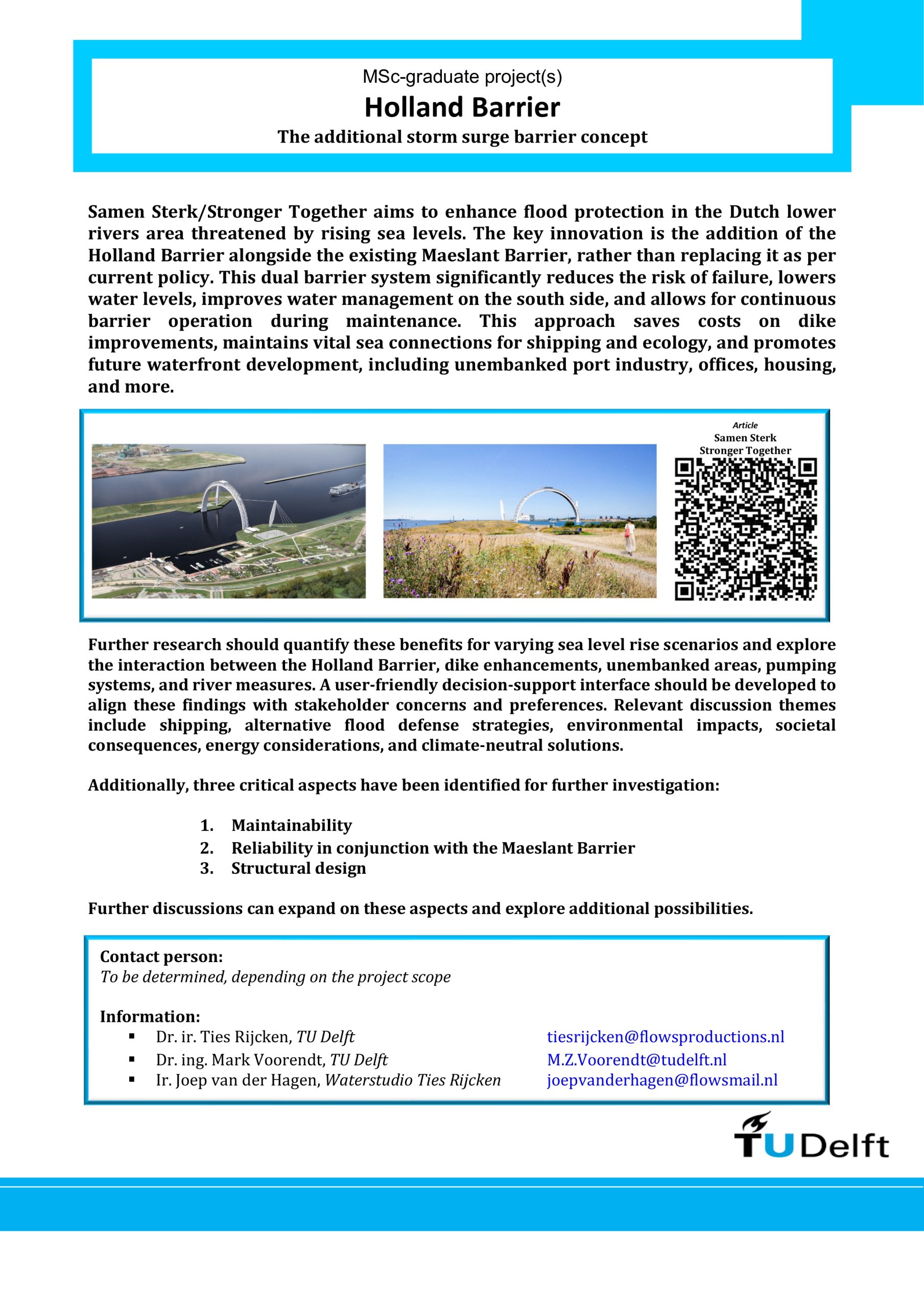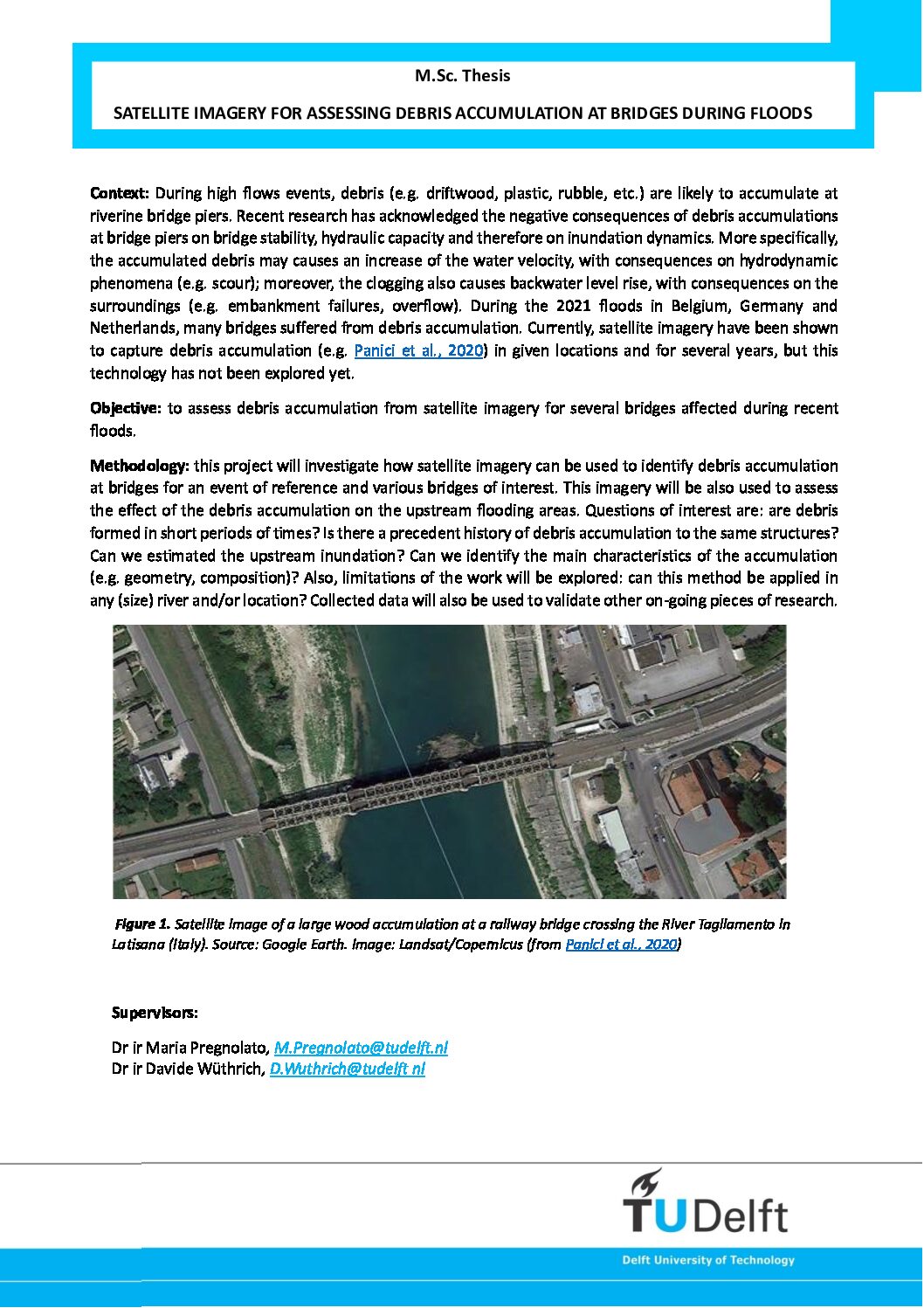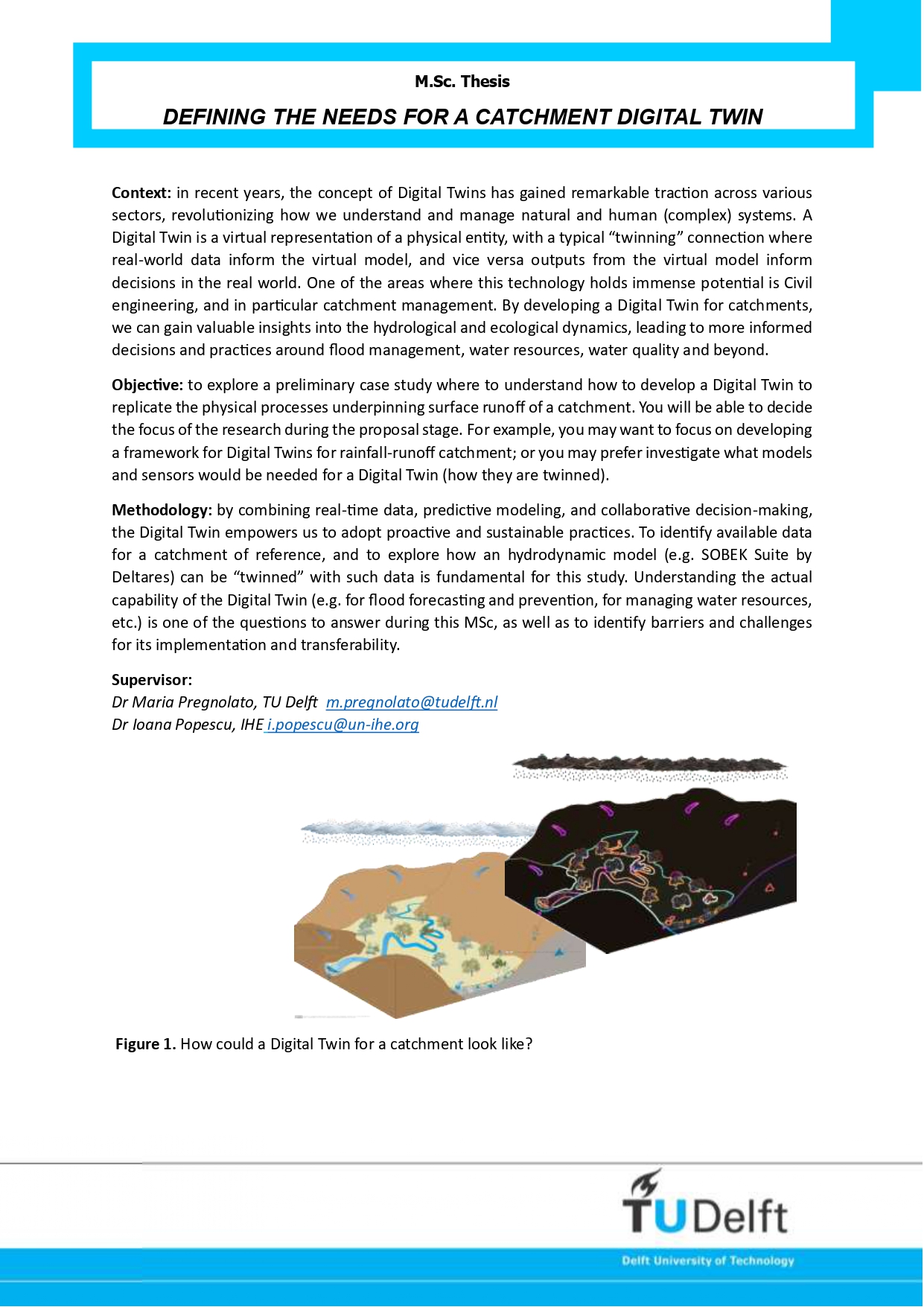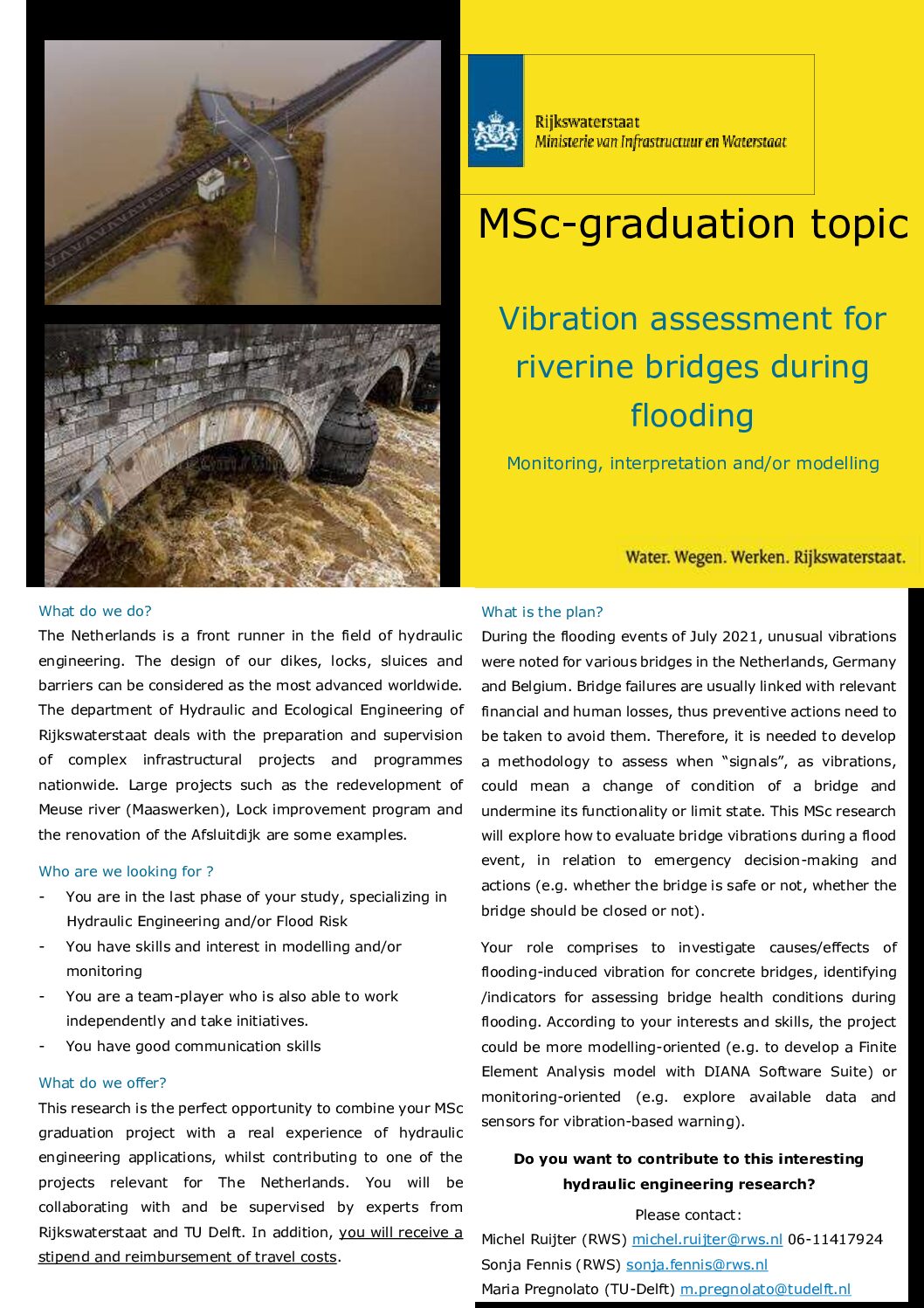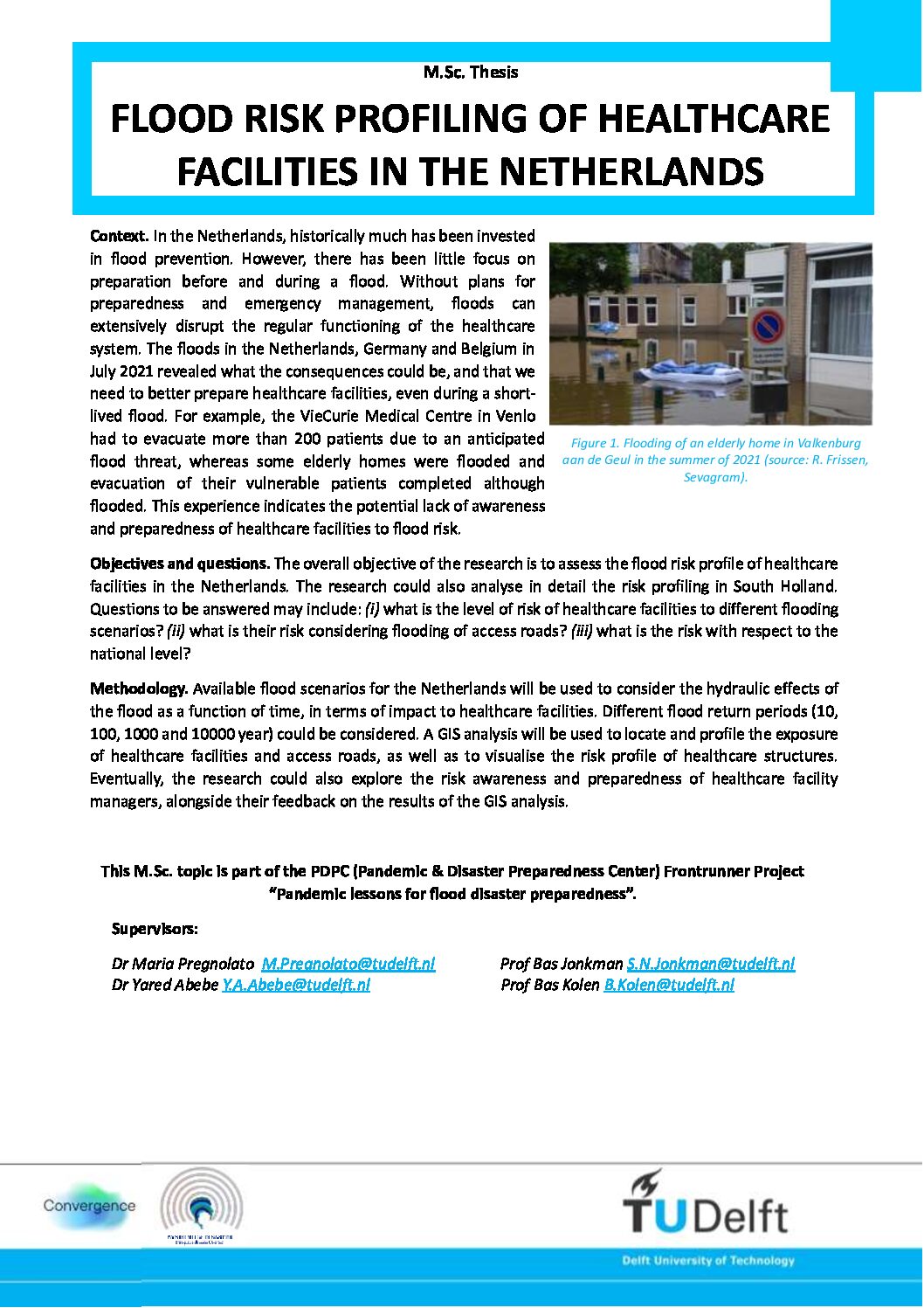In 2008, hurricane Ike caused 38 billion US$ worth of damages, among much of that in the greater Galveston & Houston areas in Texas, USA. The area in general is immensely vulnerable to storm surge from a hurricane, which could push a wave of water into homes on Galveston Island and up the Houston Ship Channel, dislodging chemical tanks and damaging refineries. In response to that, the US Army Corps of Engineers has begun planning for a massive 31 billion US$ coastal barrier project in Galveston Bay, formerly known as the “Ike
dike”. The project has recently been approved by US congress and is now moving forward towards engineering works quickly. Among others, the project consists of around 90 miles of coastal protection and several storm surge barriers crossing the Galveston Bay inlet, thus protecting Galveston island and the Galveston Bay from surge during hurricanes. These storm surge barriers will consist of many vertical lift gate barriers and two large navigable sector gate barriers to allow shipping to freely pass during daily circumstances. More information on the project can be found on the official website.
For this master thesis, we are looking for an enthusiastic student in hydraulic engineering with a specialization in hydraulic structures, who will be looking into the design of these sector gate barriers. During hurricane conditions, the water first will be pushed into bay and thus into the storm surge barrier. However, as the hurricane passes, the wind direction will change, and water will be pushed out. As it is unlikely the sector gates will open during hurricane conditions, this will generate a reverse head on the storm surge barrier and thus back pressure.
How can a sector gate barrier be designed in such a way that it can withstand these pressures? What alternative types of storm surge are possible that can withstand all loads, while still allowing navigability? How will this barrier look and fit in? These are all questions that are very open and are in need of well substantiated answers.
If you are interested in this vacancy, send an e-mail to Maarten Schoemaker (maarten.schoemaker@rhdhv.com) or Ric Huting (ric.huting@rhdhv.com).

